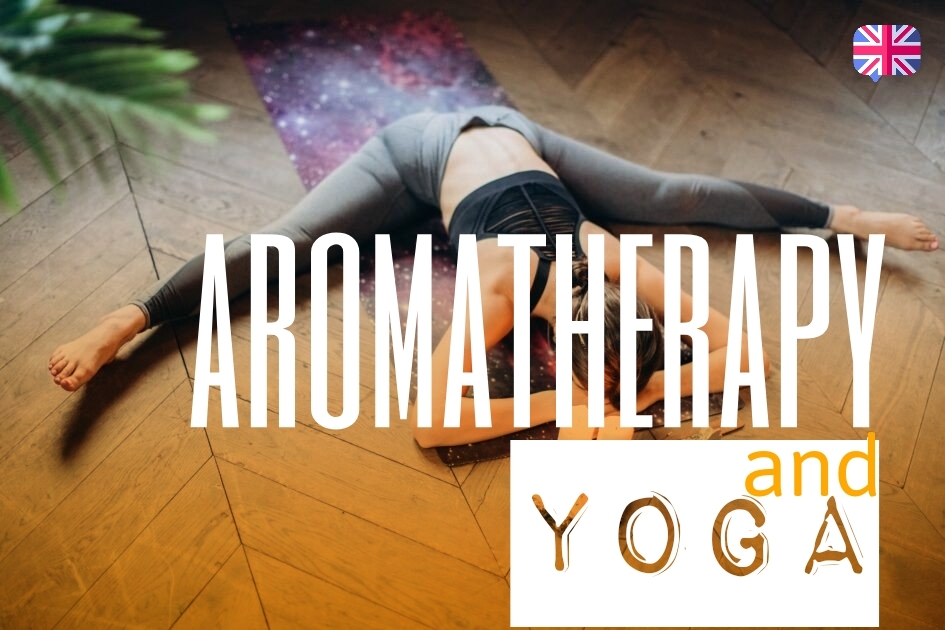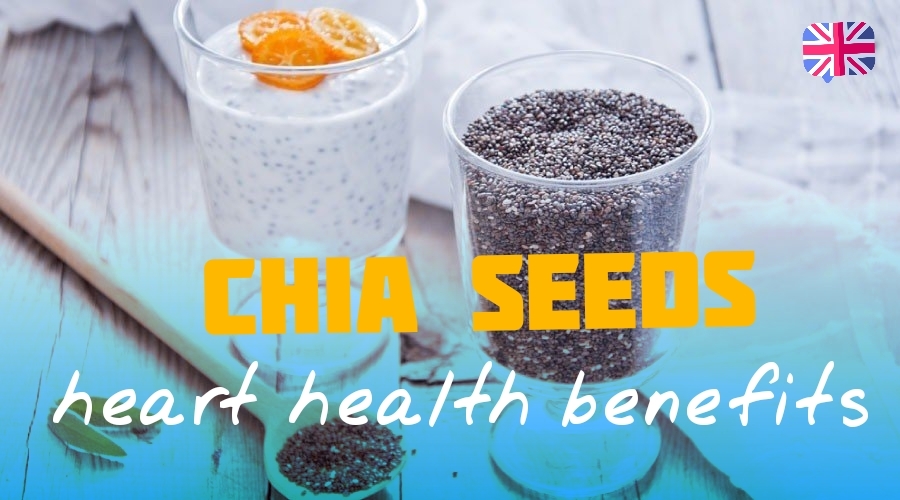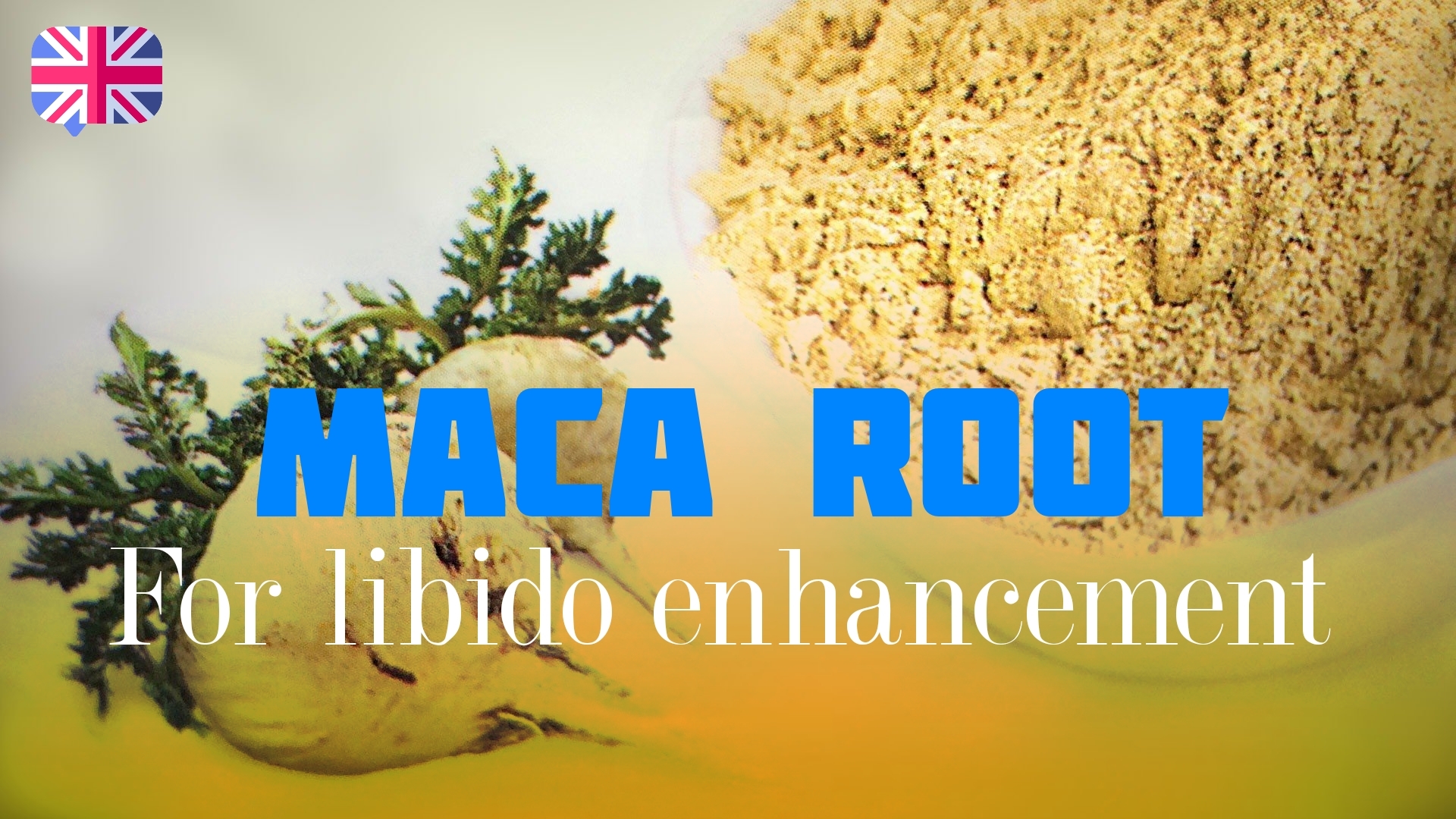HERB - Introduction to the Versatility and Benefits of Herbs
Exploring Natural Health Care Methods: Aromatherapy and Yoga for Holistic Well-Being
Natural healthcare is an alternative approach to traditional medicine that focuses on using natural methods to prevent and treat illness. There are many different methods of natural healthcare, including aromatherapy and yoga. In this article, we will explore the benefits of these two natural healthcare practices and how they can be used to improve overall health and well-being.
Section 1: Aromatherapy
Aromatherapy is a natural healthcare practice that involves the use of essential oils to promote physical and emotional health. Essential oils are extracted from plants and are highly concentrated. They are used in a variety of ways, including inhalation, topical application, and massage.
Benefits of Aromatherapy
- Relieves Stress and Anxiety: One of the most well-known benefits of aromatherapy is its ability to reduce stress and anxiety. Essential oils like lavender, chamomile, and bergamot are known for their calming properties.
- Improves Sleep: Aromatherapy can also help improve sleep quality. Essential oils like lavender and chamomile are often used to promote relaxation and aid in falling asleep.
- Boosts Immune System: Aromatherapy can also help boost the immune system. Essential oils like tea tree and eucalyptus have antiviral and antibacterial properties that can help fight off infections.
- Alleviates Pain: Aromatherapy can also help alleviate pain. Essential oils like peppermint and ginger are known for their pain-relieving properties.
How Aromatherapy Works
Aromatherapy works by stimulating the olfactory system, which is responsible for our sense of smell. When essential oils are inhaled, they stimulate the olfactory system and send signals to the brain. These signals can have a variety of effects on the body, including reducing stress and anxiety, improving sleep, and boosting the immune system.
Methods of Aromatherapy
There are several different methods of aromatherapy, including:
- Inhalation: Inhalation is the most common method of aromatherapy. Essential oils can be inhaled directly or diffused in the air.
- Topical Application: Essential oils can also be applied topically to the skin. They are often diluted with a carrier oil before being applied.
- Massage: Aromatherapy massage involves the use of essential oils in massage oils. The oils are absorbed through the skin during the massage.
Section 2: Yoga
Yoga is a natural healthcare practice that involves physical postures, breathing exercises, and meditation. It has been practiced for thousands of years and is known for its many health benefits.
How Yoga Works
Yoga works by integrating physical postures, breathing exercises, and meditation. The physical postures are designed to stretch and strengthen the muscles, while the breathing exercises and meditation techniques can help calm the mind and reduce feelings of stress and anxiety.
Types of Yoga
Hatha yoga is a gentle form of yoga that focuses on physical postures, breathing techniques, and relaxation. It’s a great option for beginners because it is less intense than other forms of yoga and allows individuals to become more familiar with yoga poses and breathing techniques.
- Vinyasa Yoga: Vinyasa yoga is a more dynamic form of yoga that links movement and breath together in a flowing sequence. It’s a great option for individuals who want a more challenging workout while still incorporating mindfulness and breath work.
- Ashtanga Yoga: Ashtanga yoga is a more intense form of yoga that follows a specific sequence of poses, with each pose held for a set amount of time. It’s a great option for individuals who want a more physically challenging yoga practice.
- Bikram Yoga: Bikram yoga, also known as “hot yoga,” is a form of yoga practiced in a room heated to 105°F with a humidity level of 40%. It follows a specific sequence of 26 poses and is designed to detoxify the body and increase flexibility.
- Iyengar Yoga: Iyengar yoga is a form of yoga that emphasizes proper alignment and uses props like blocks, straps, and blankets to help individuals achieve the correct alignment in each pose. It’s a great option for individuals with injuries or limitations.
- Kundalini Yoga: Kundalini yoga is a form of yoga that focuses on the release of energy from the base of the spine and the seven chakras. It incorporates physical postures, breathing techniques, chanting, and meditation.
- Restorative Yoga: Restorative yoga is a gentle form of yoga that uses props like bolsters, blankets, and blocks to support the body in relaxing poses. It’s a great option for individuals looking to reduce stress and promote relaxation.
- Yin Yoga: Yin yoga is a slower, more meditative form of yoga that focuses on holding poses for longer periods of time, typically three to five minutes. It’s a great option for individuals looking to increase flexibility and reduce stress.
Benefits of Yoga
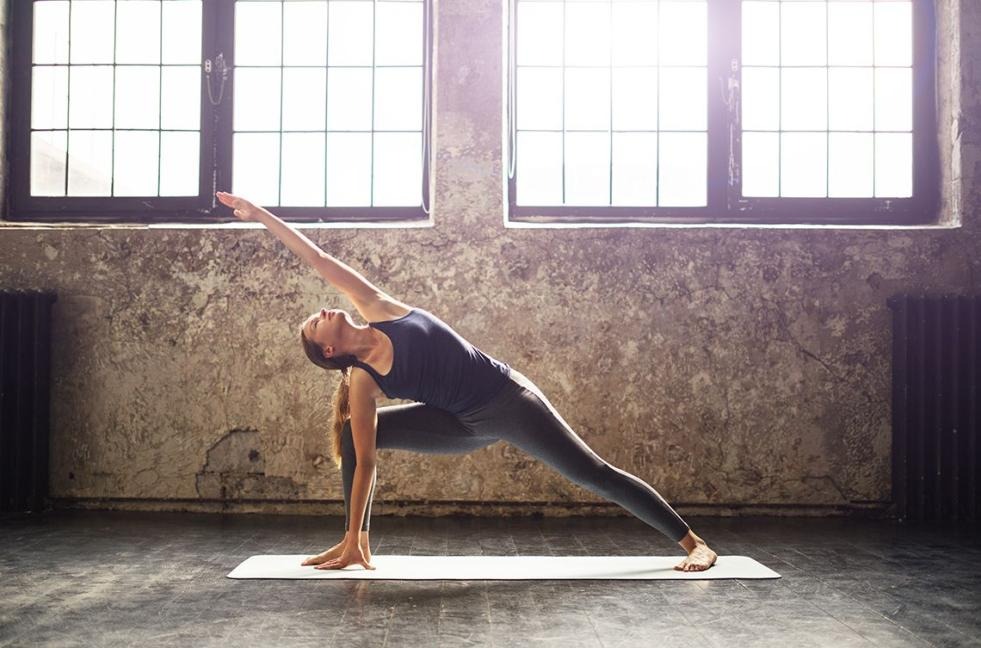
In recent years, yoga has become increasingly popular as a natural form of health care. Yoga is an ancient practice originating in India that involves physical postures, breathing techniques, and meditation to promote physical, mental, and emotional well-being. It has been shown to have a number of health benefits, including:
- Improved flexibility: Practicing yoga regularly can improve flexibility and range of motion in muscles and joints, which can help prevent injury and relieve pain.
- Increased strength: Many yoga postures require the use of body weight to build strength, which can help improve overall fitness.
- Reduced stress: The combination of physical postures and deep breathing in yoga can help reduce stress levels and promote relaxation.
- Improved cardiovascular health: Some studies have shown that practicing yoga can help lower blood pressure, cholesterol, and other risk factors for heart disease.
- Pain relief: Yoga has been shown to be effective in reducing chronic pain, including back pain, arthritis, and migraines.
- Improved sleep: Regular yoga practice has been linked to improved sleep quality and can help those with insomnia or other sleep disorders.
- Improved mental health: Yoga has been shown to have a positive effect on mental health, including reducing symptoms of anxiety and depression.
- Improved digestion: Some yoga postures can stimulate digestion and help relieve constipation.
- Improved immune function: Certain yoga postures and breathing techniques can help stimulate the immune system and improve overall health.
- Increased mindfulness: The meditative aspect of yoga can help improve mindfulness, which can lead to better decision-making and overall well-being.
Benefits of Aromatherapy
Aromatherapy is the use of essential oils and other natural plant extracts to promote physical, mental, and emotional well-being. These oils can be inhaled, applied topically, or added to baths or diffusers to release their fragrance into the air. Some of the benefits of aromatherapy include:
- Stress relief: Many essential oils have calming properties that can help reduce stress levels and promote relaxation.
- Improved mood: Certain essential oils, such as lavender and lemon, have been shown to have mood-boosting effects.
- Pain relief: Some essential oils, such as peppermint and eucalyptus, have analgesic properties that can help relieve pain.
- Improved sleep: Many essential oils have sedative properties that can help improve sleep quality and promote relaxation.
- Improved skin health: Some essential oils, such as tea tree and lavender, have antibacterial and anti-inflammatory properties that can help improve skin health.
- Improved respiratory health: Certain essential oils, such as eucalyptus and peppermint, can help improve respiratory health by reducing congestion and promoting clearer breathing.
- Enhanced cognitive function: Some essential oils, such as rosemary and peppermint, have been shown to have cognitive-enhancing effects.
- Improved digestion: Certain essential oils, such as ginger and peppermint, can help improve digestion and relieve gastrointestinal discomfort.
- Immune system support: Some essential oils, such as tea tree and oregano, have antimicrobial properties that can help support the immune system.
- Headache relief: Certain essential oils, such as peppermint and lavender, have been shown to be effective in reducing headaches and migraines.
How Yoga and Aromatherapy Work Together
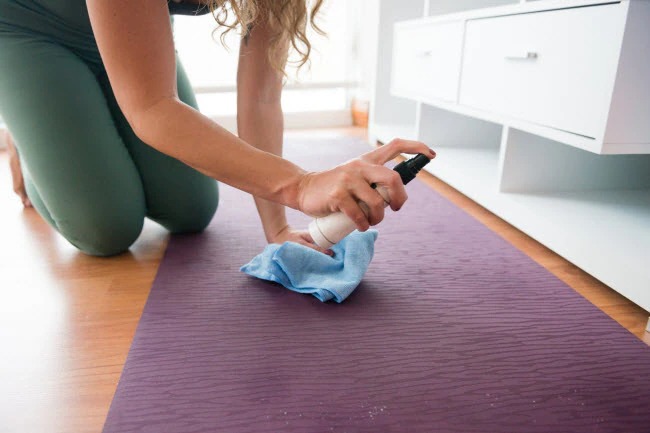
Yoga and aromatherapy can work together to enhance and support each other’s benefits. Aromatherapy involves using essential oils extracted from plants to promote physical, emotional, and mental well-being. When combined with yoga, the use of essential oils can deepen the practice and help to create a more relaxing and rejuvenating experience.
Here are some ways in which yoga and aromatherapy can work together:
- Enhancing relaxation: Aromatherapy can help to create a relaxing atmosphere for yoga practice. Essential oils such as lavender, chamomile, and frankincense have calming properties that can help to reduce stress and promote relaxation. By using these oils during yoga practice, you can deepen your relaxation and release tension from the body.
- Promoting focus and concentration: Certain essential oils, such as peppermint and rosemary, can help to increase focus and concentration. These oils can be used during yoga practice to enhance mental clarity and improve focus.
- Supporting physical well-being: Many essential oils have physical benefits, such as reducing inflammation, relieving pain, and promoting healing. Oils such as ginger and eucalyptus can be used to support physical well-being during yoga practice and help to ease discomfort in the body.
- Enhancing mood and emotional well-being: Aromatherapy can have a positive effect on emotional well-being by helping to balance mood and reduce feelings of anxiety and depression. Essential oils such as bergamot and ylang-ylang can be used during yoga practice to create a more uplifting and positive experience.
When using essential oils during yoga practice, it is important to choose oils that complement the type of yoga being practiced. For example, energizing oils such as peppermint and rosemary may be better suited to a more dynamic form of yoga, while relaxing oils such as lavender and chamomile may be more appropriate for a restorative yoga practice.
In addition, it is important to use high-quality essential oils and to dilute them properly before use. Some oils can be irritating to the skin and should never be applied directly without dilution. It is also important to be mindful of any sensitivities or allergies to particular oils.
Overall, combining yoga and aromatherapy can be a powerful way to promote holistic well-being and enhance the benefits of both practices.

Yoga for Health
Yoga is an ancient practice that originated in India and has been around for thousands of years. Yoga involves a series of postures, breathing techniques, and meditation that can help improve physical and mental health. Here are some of the benefits of yoga:
- Improving flexibility: Yoga involves stretching and holding poses, which can help improve flexibility and range of motion.
- Strengthening muscles: Many yoga poses require holding the body in a specific position, which can help strengthen muscles.
- Reducing stress: Yoga can help reduce stress and promote relaxation. Breathing techniques and meditation can help calm the mind and reduce anxiety.
- Improving cardiovascular health: Some forms of yoga, such as vinyasa and power yoga, can be quite aerobic and can help improve cardiovascular health.
- Enhancing mood: Yoga can help enhance mood and promote feelings of happiness and well-being. Yoga has been shown to increase levels of the neurotransmitter GABA, which is associated with improved mood.
Conclusion
Natural health practices such as aromatherapy and yoga can provide numerous benefits for physical and emotional health. Aromatherapy is a non-invasive and natural way to promote relaxation, reduce stress, relieve pain, boost the immune system, and enhance mood.
Yoga is a physical practice that can help improve flexibility, strengthen muscles, reduce stress, improve cardiovascular health, and enhance mood. Both aromatherapy and yoga are natural ways to support overall health and well-being.

